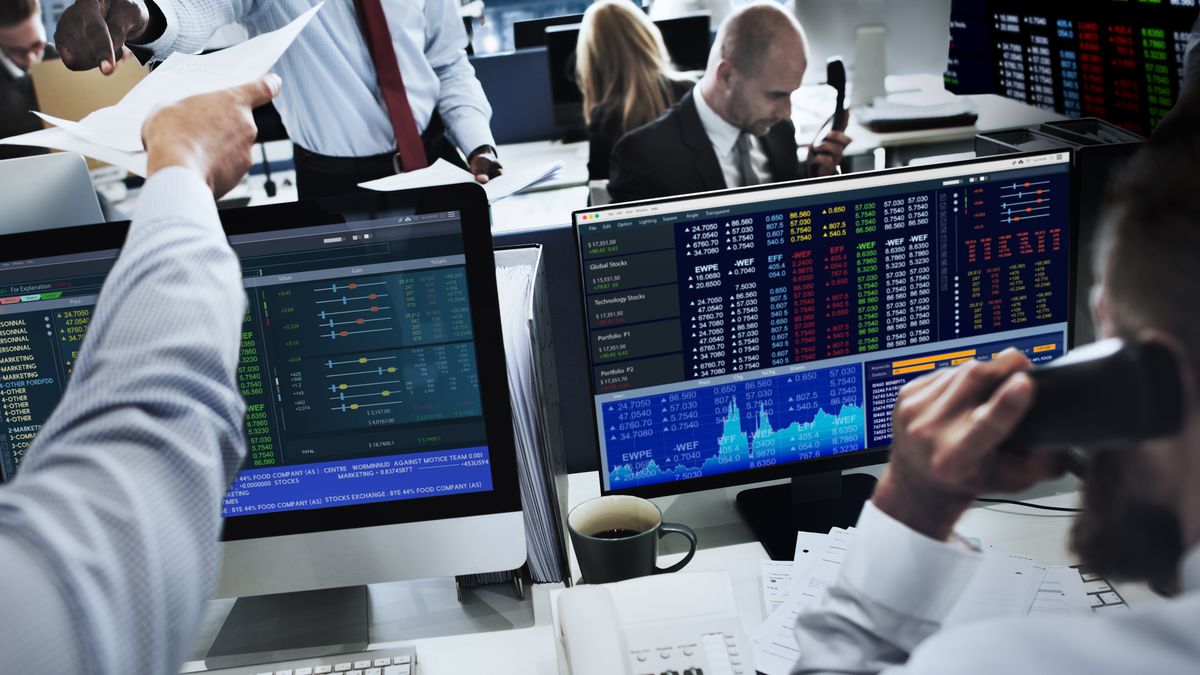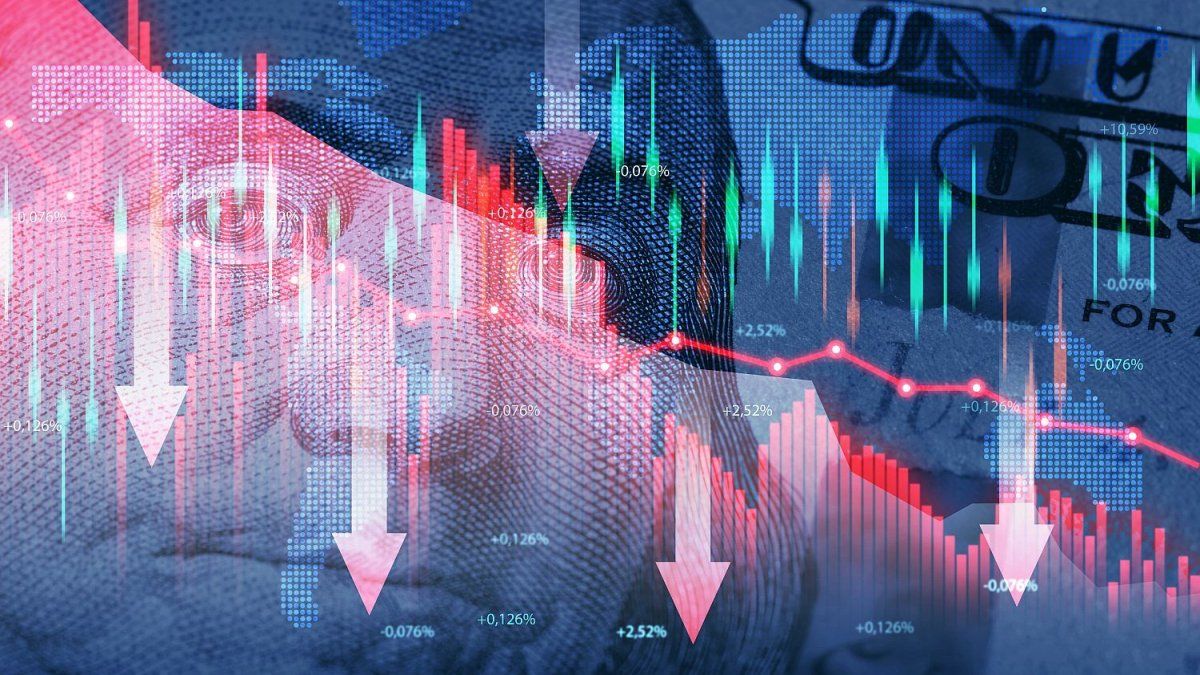Who added to his portfolio at the end of last April the Bonar 2030 or AL30the star bond of the market, obtained one of the best returns offered by an Argentine asset in recent times. Between April 28, the epilogue of the currency run (in which the blue dollar shot up almost 25% in 7 days), and last Friday, this bond jumped almost 48% in dollars, going from the u $s19.52 to $28.81 at the close of last week.
The gain was even higher until last July 4, when it reached a maximum since January, when climb to US$30.71, which translates into a rise of almost 60% (57.3%), since the end of April.
With the support of the good performance of the emerging debt in recent months, but above all with a clear boost from local factorssuch as the lag in the prices of sovereign bonds in general (after the 2020 restructuring, they began to operate above US$50), their punctual lag compared to their New York legislation pair (Global 2030 or GD30, whose spread reached 33%; today it is at 25%; the historical is 11%), the so-called electoral trade (favorable market expectations about a change of government, fueled by the resounding electoral victories in San Luis, San Juan, Chaco or Neuquén by the opposition), the successful restructuring of the debt in pesos, or the good reception of the pre-candidacy for President of the current Minister of Economy, Sergio Massa (under the hypothesis that he is seen as a “market” politician -friendly”), The AL30 broke records for volume traded on several rounds, while gaining space among the recommendations of brokerage firms to their clients with risky profiles.
This was also due to the fact that its price was – and still is – trading at default prices, an event that analysts assign very low probabilities this time, at least in the short term.
Google Trends AL30.jpg
Searches for AL30 have been growing on Google during the last month (Google trends).
AL30: time to sell, wait or buy?
Now, the question that arises after this phenomenal bullish rally of the AL30 is whether Is it time to take profits, to wait, or to expand larger positions?
“The decision to hold AL30 is more based on investor preference – in our view it is an investment that, in the long term, still has great appeal. But we also understand that there may be investors who consider that the return obtained is adequate and prefer to take profit in part or in full”, he pointed IEBwho estimated that, In the short term, it will be difficult to see it in values greater than $35 (which implies a return of 21.5%).
For his part, Rodrigo Benítez, Chief Economist at MegaQMmaintained that he maintains “A constructive view on Argentina’s dollar debt. The current parities are still low with respect to the values that can be reached in different scenarios for this type of asset. This is a product of the impact of the exchange gap, the low level of reserves and the uncertainty generated by the electoral process”.
Towards the end of May, prior to most of the AL30 rally, the market had also been observing a strong decoupling between the value of the S&P Merval in CCL dollars (it was up 21% in the year) and some bonds (such as the AL30, which fell 10% in 2023). “The dollar price of the shares did not seem compatible with such high levels of country risk. This partly began to be corrected with a good dynamic in recent weeks of this type of bonds, even after discounting the effect that the payment of coupons that took place last week has on the price,” added Benítez.
For Mateo Reschini, Senior Research Analyst at Inviu, “The decision to sell, hold, or buy more depends a lot on the term that investors aim for. The rise (of the AL30) was strong enough for some to turn around and consider leaving. For very short-term profiles, we do not believe that taking profits is wrong, to ensure the speculative trade that has already paid a lot in the last month”.
In fact, in recent days there have been price cuts: from its monthly peak on July 4, the AL30 fell 6.2% until the end of last week.
“The decision to buy or sell depends on the objective of each investor and their entry point. There is no single answer. In long-term portfolios, they are instruments that have value, although in these cases investors prefer bonds such as AL 35 / AE38 that accrue higher interest levels. But additionally, there are cases of investors with a short-term perspective, who entered when the price of this bond was around US$20 and today, closer to US$30, they see the opportunity to leave and close a 50% profit in a term short term (1 year)”, indicated the chief economist of MegaQM.
For medium-term and speculative profiles, “The idea of holding the position or buying more may work well,” Reschini said. While for longer-term profiles, “with expectations of a more pro-market electoral result and an improvement in the macroeconomic situation, we believe that in the price range in which we are, more positions can be added”, stressed the senior Research Analyst of Inviu.
AL30 and eventual risk of default
It is well worth noting that, even at current values, sovereign debt does not stop ´pricing´ restructuring and/or default risks. However, at least in the short term, the market rules out a default event. “Since we do not see a compulsory restructuring of sovereign debt, we believe that at these prices it is quite defensive, especially the AL30, which is one of the preferred vehicles for dollarizing portfolios. However, thinking of the end of 2024, with a new government, a normalized currency flow (farm and energy balance) and expectations for a path that begins to put the macro variables back on track, we believe that there is still a lot of value in Argentine sovereign debt and We believe that -again- long it is a very attractive investment”, they emphasized from IEB.
The investment of the AL30 at this moment “It is quite speculative, because we are talking about a bond that is worth less than $0.30 for every dollar of face value. In other words, it is at a considerable discount, which reflects the risk it represents”, Reschini said.
In that sense, he did not rule out “some type of restructuring offer next year, so it is very possible that long-term investors will have to decide what to do with these titles later. We are talking about a rather speculative investor profile, who knows that he may have a very busy journey”.
For which remainder of this year Sovereign debt services already paid, “the chance of a default is nil”, remarked IEB. But “even for the next government, which we expect will face great challenges, there are several arguments that lead us to believe that a compulsive restructuring is unlikely. It is also important to stress the reasons why we believe that the risk of a restructuring only of the bonds with local legislation is low. Taking values of aggressive historic recoveries of sovereign debts (Russia, 2000, Argentina, 2005) that are around US$30 as a reference, we understand that it is a good starting point to carry out an analysis factoring in it an acid scenario should the case arise that Argentina must restructure its debt again. It is a scenario that we are not evaluating at this time”, concluded IEB.
For the next term, when the principal maturities begin, and leaving out the bond holdings held by the state, the Payments to be made do not exceed US$4,000 million in 2024, increasing to US$9,000 million from 2025 onwards.
Source: Ambito
I am a 24-year-old writer and journalist who has been working in the news industry for the past two years. I write primarily about market news, so if you’re looking for insights into what’s going on in the stock market or economic indicators, you’ve come to the right place. I also dabble in writing articles on lifestyle trends and pop culture news.




